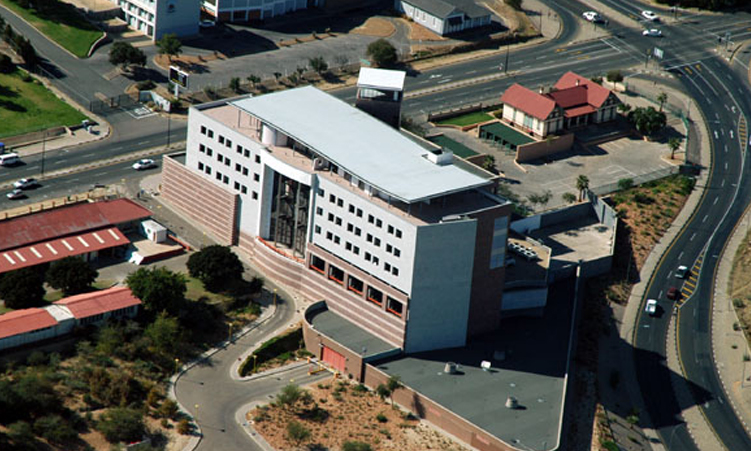Investors in government bonds continue battling for an allocation, and last week tendered for N$831 million, when the state just had an offer of N$180 million worth of bonds.
This again shows that there is a lack of solid assets to take up much available cash in the local economy.
Auction results as released by the Bank of Namibia for the bonds auction that took place on the 10 May show that despite the close to a N$1 billion tendered not all the bids were taken up.
Allocations for the N$180 million auction came short at N$148,4 million as the central banks allocated short on three bonds.
All the bonds were oversubscribed by N$651 million, with GC35 being the highest subscribed bond by seven times.
On offer were the common bonds – fixed rate bonds: GC26, GC28, GC32, GC35, GC37, GC40, GC43, GC45, GC48 and the GC50.
These were seeking to raise N$140 million, and not the usual N$175 million.
Inflation bonds GI27, GI29, GI33 and the GI36 were also all on auction seeking to raise N$10 million each, but ended up bringing in only N$30,6 million as the GI27 was under allocated.
The GI27 was seeking to raise N$10 million but only allocated N$600 000 a bid. There was, however, N$10,6 million worth of bids received for this bond.
Treasury is not known to over allot, but last week’s auction went against the grain.
Some analysts that have spoken to The Namibian hinted that the government now has many options and will sweep the market clean of any cheap debt, not caring whether the calendar is followed or not.
Last month, the central bank released the state’s borrowing calendar which showed that government intends to borrow over 70% of its N$10,08 billion funding requirement this year from the domestic market, which will largely be sourced from pension funds and the banking industry.
These are some of the players that continue to offer funds to the treasury in an attempt to secure reasonable returns for their beneficiaries.
In the borrowing strategy, the state indicated that the total of N$7,4 billion will be sourced from the domestic market, distributed among the three local instruments, for which treasury bills are allocated N$1,5 billion (21%), fixed-income bonds – N$4,7 billion (64%) and N$1,1 billion on inflation-linked bonds (15%).
The state has resolved that no new instruments or maturities will be introduced in the domestic market for the first six-months of the fiscal year, and borrowing will be on old instruments.
After the six months, there will be an assessment made to determine whether there is a need for new types of instruments and or new maturities in the domestic market.
According to the strategy, the N$4,74 billion fixed rate bonds expected inflow have been spread across the various bonds, given the demand and outstanding balances, and were determined in accordance with the trade-off between addressing roll-over risk and the potential magnitude of under-subscriptions.
Given the high outstanding amounts and the concentration of debt maturities in the period between 2023-2025, the GC24, GC25,27 and GC30 bonds will continue to be off-the-run, except for the GC27 and GC30 that will be reopened during switch auctions and or during “special auctions”.
The Bank of Namibia as an agent for government through the Ministry of Finance and Public Enterprises has also indicated that it “reserves the right to allot more or less than the amount on offer, reject any tender and/or make partial allotment in respect of tenders as deemed appropriate”.
Email: lazarus@namibian.com.na
Twitter: @Lasarus_A
Stay informed with The Namibian – your source for credible journalism. Get in-depth reporting and opinions for
only N$85 a month. Invest in journalism, invest in democracy –
Subscribe Now!






